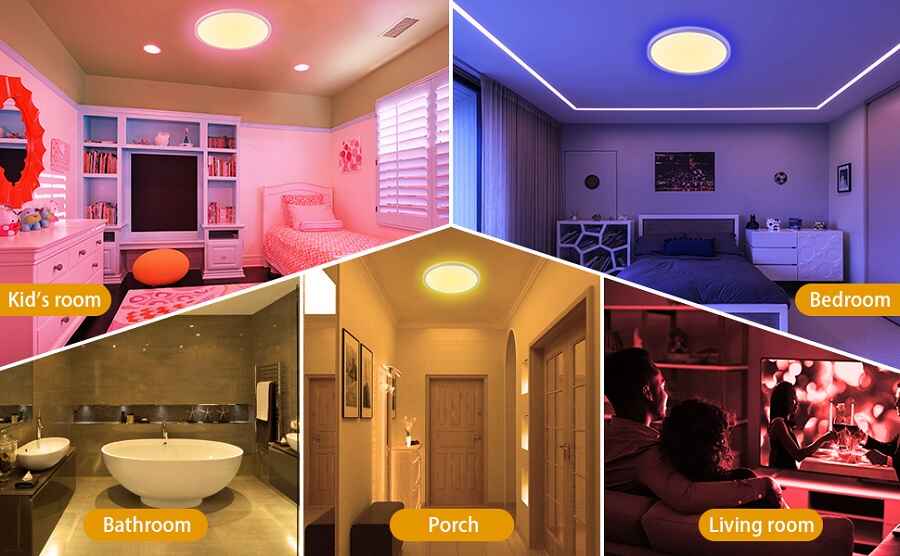If you’ve ever purchased an outdoor electrical device, you may have noticed the “wet rated” label on the packaging. This label indicates that the device is safe to use in areas exposed to moisture, rain, or splashes. But what exactly does wet rated mean, and why is it important?
Using wet rated devices in areas exposed to moisture is essential for safety and compliance with building codes. Wet rated devices are designed to withstand direct water exposure and have features that prevent moisture from entering the device.
In this article, we’ll explore the concept of wet rated, the types of devices that require a wet rating, and the benefits of using wet rated devices. Whether you’re an electrician, contractor, or homeowner, understanding wet rated devices is crucial for safety and compliance.
What Does Wet Rated Mean? Key Info:
A wet rating is a safety standard used to determine if electrical devices are safe to use in wet or damp conditions. Wet rated devices are designed to withstand exposure to moisture, rain, and splashes, without posing a risk of electric shock or short circuits.
Wet rated devices are typically used in outdoor areas, such as patios, decks, pools, and gardens. These areas are exposed to rain, humidity, and other types of moisture, which can damage electrical devices not designed for wet conditions.
Types of Wet Rated Devices:
Several types of electrical devices require a wet rating, including:
- Outdoor lighting fixtures: Outdoor lighting fixtures, such as floodlights, sconces, and landscape lighting, must be wet rated to ensure safe operation in damp conditions.
- Ceiling fans: Ceiling fans installed in outdoor areas, such as patios or covered decks, must be wet rated to prevent electric shock or short circuits. Always try to clean the ceiling fan if it is a dusty one.
- Electrical outlets: Electrical outlets installed in outdoor areas, such as gardens or pool decks, must be wet rated to prevent electrocution.
- HVAC systems: HVAC systems installed in damp or wet areas, such as basements or crawl spaces, must be wet rated to prevent damage to the system or electric shock.
Benefits of Using Wet Rated Devices:
Using wet rated devices offers several benefits, including:
- Safety: Wet rated devices are designed to withstand exposure to moisture, rain, and splashes, without posing a risk of electric shock or short circuits.
- Durability: Wet rated devices are built to withstand harsh weather conditions, such as rain, humidity, and extreme temperatures, making them more durable and long-lasting.
- Compliance: Using wet rated devices in areas exposed to moisture is often required by building codes and safety regulations.
FAQs
Can I use a regular electrical device in wet conditions?
No, regular electrical devices are not designed to be used in wet conditions. Using electrical devices in wet conditions can pose a risk of electric shock or short circuits. Water is a good conductor of electricity, and when it comes into contact with electrical components, it can cause a short circuit, which can damage the device or cause injury to a person.
How can I tell if an electrical device is wet rated?
You can tell if an electrical device is wet rated by looking for the wet rated label on the device or packaging. Wet rated devices are designed with sealed enclosures, waterproof gaskets, and other features that prevent moisture from entering the device. They are typically used in outdoor settings or areas where there is a risk of exposure to water.
What is the difference between wet rated and damp rated devices?
The difference between wet rated and damp rated devices lies in their ability to withstand exposure to moisture. Wet rated devices are designed to withstand direct water exposure, such as rain or splashes, while damp rated devices are designed to withstand indirect moisture exposure, such as humidity or condensation.
Damp rated devices are commonly used in indoor areas where moisture is present, such as bathrooms or laundry rooms. However, they should not be used in wet conditions as they are not designed to withstand direct water exposure.
Conclusion:
Wet rated devices are essential for safety and compliance in areas exposed to moisture, rain, and splashes. Whether you’re installing outdoor lighting fixtures, ceiling fans, electrical outlets, or HVAC systems, using wet rated devices is crucial for preventing electric shock or short circuits.





0 Comments